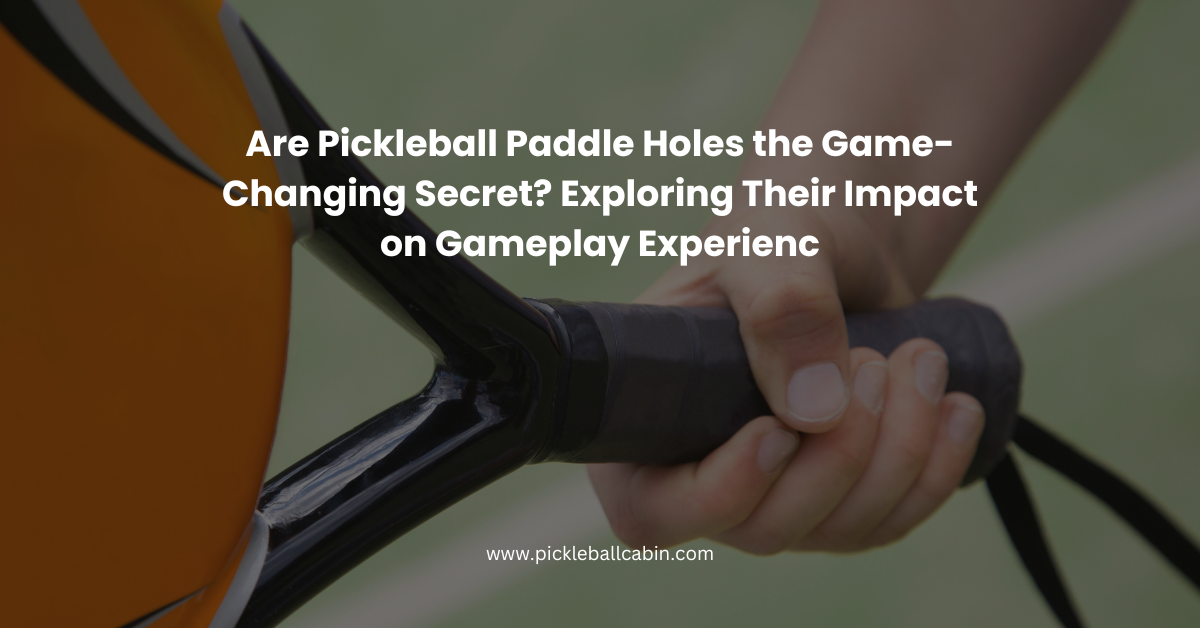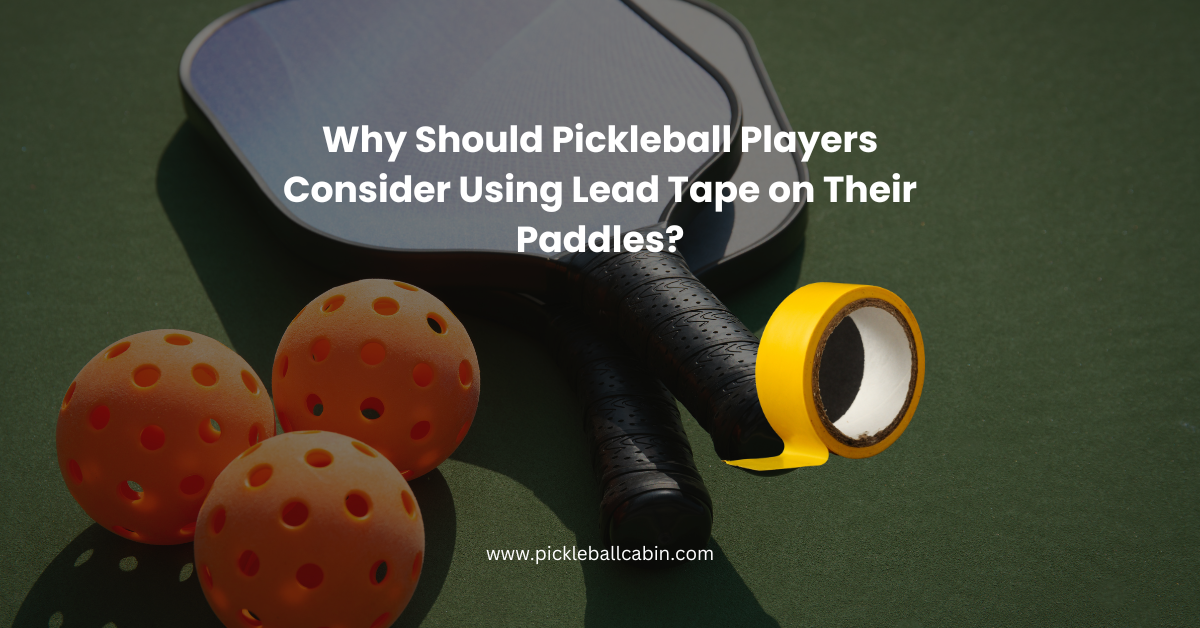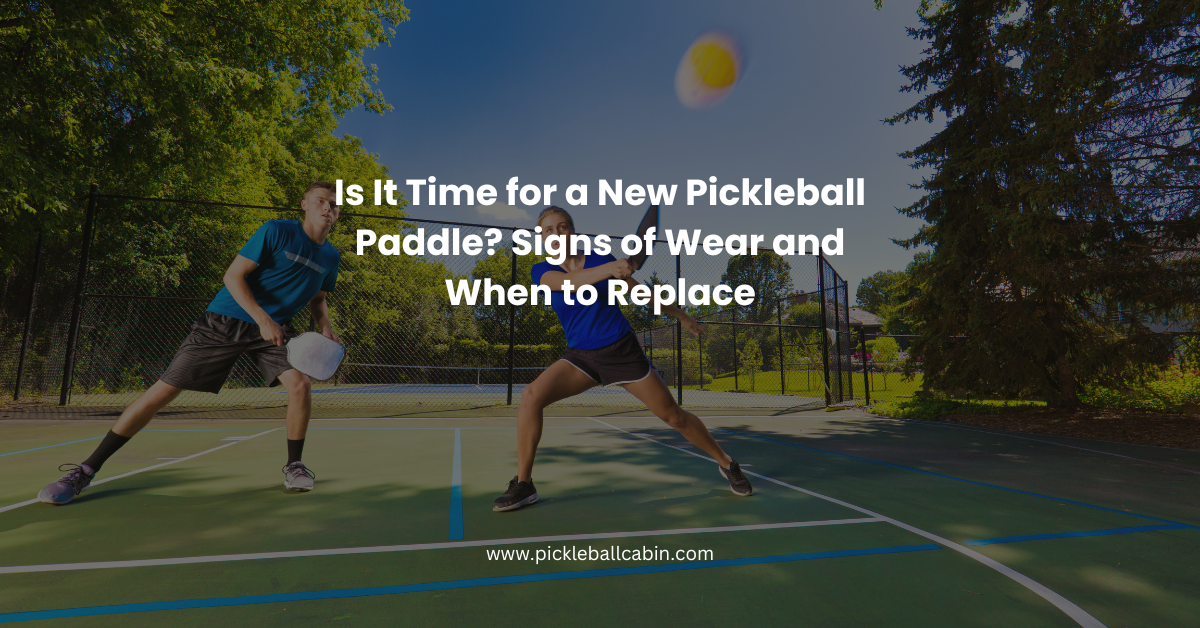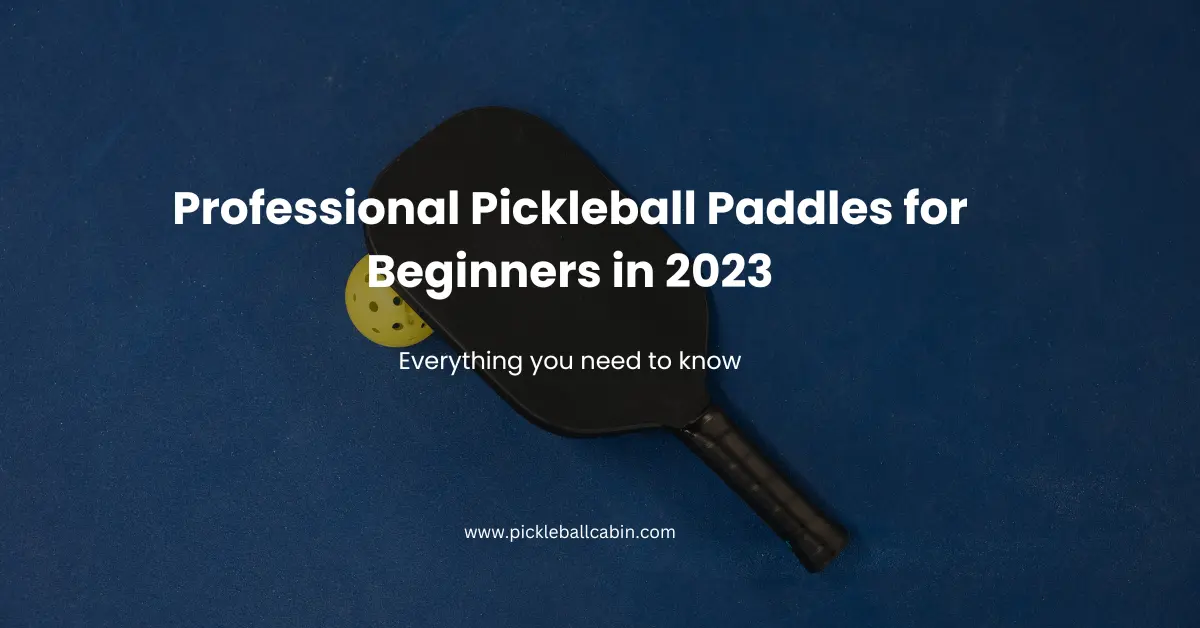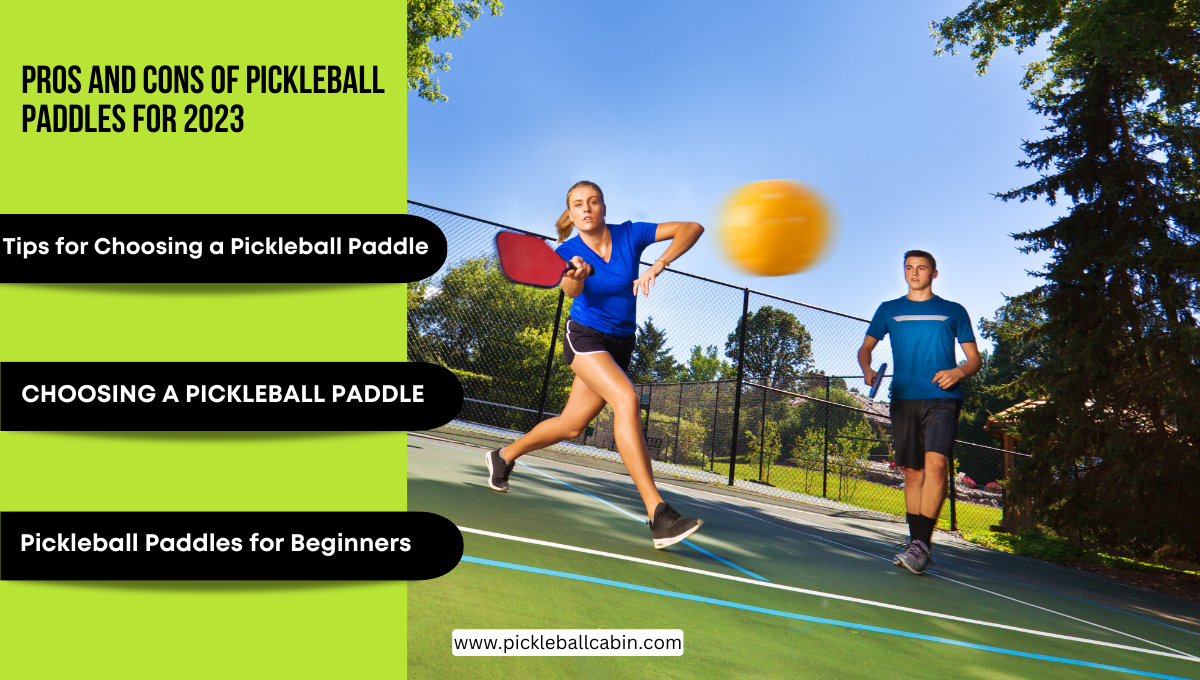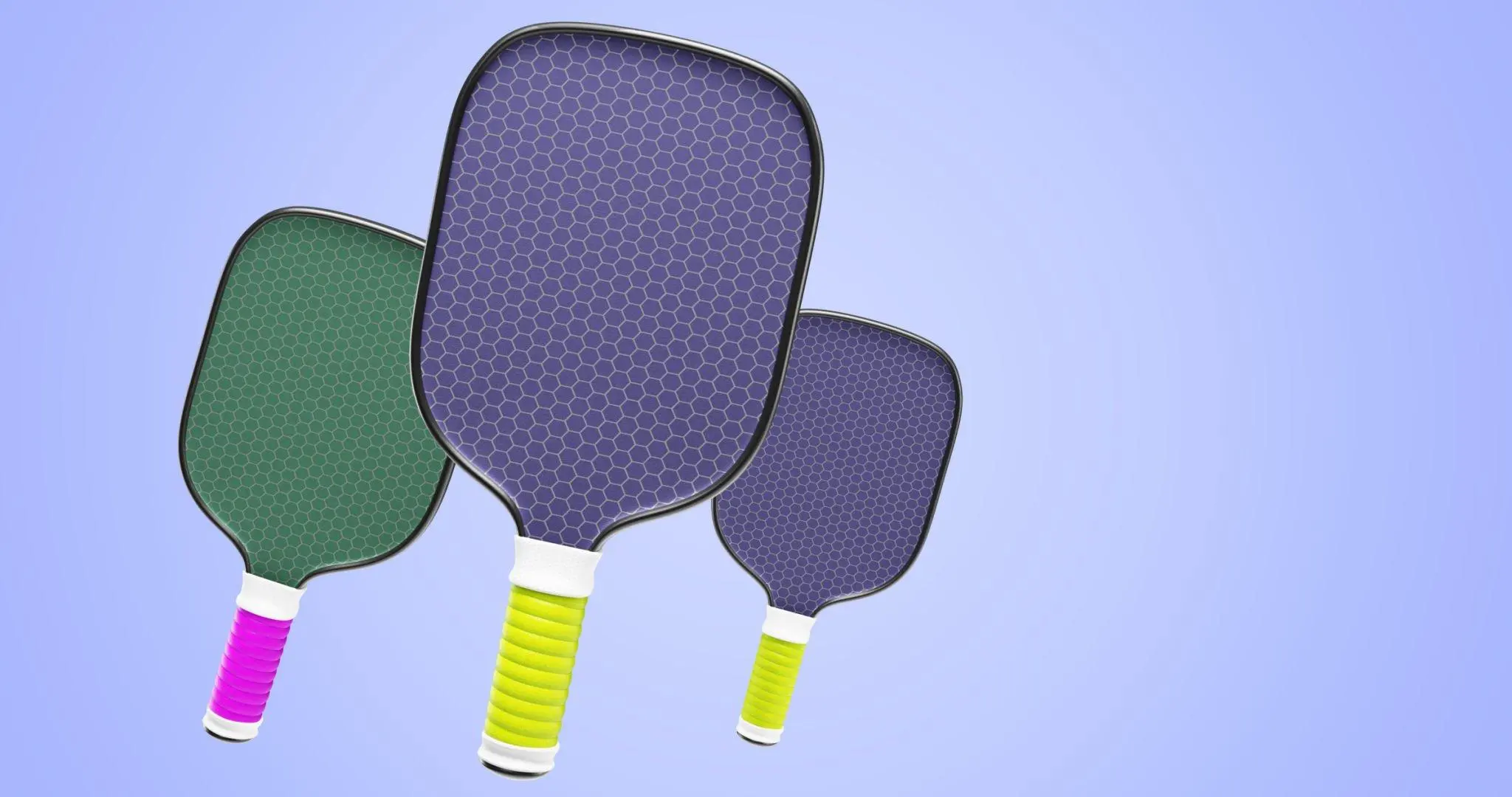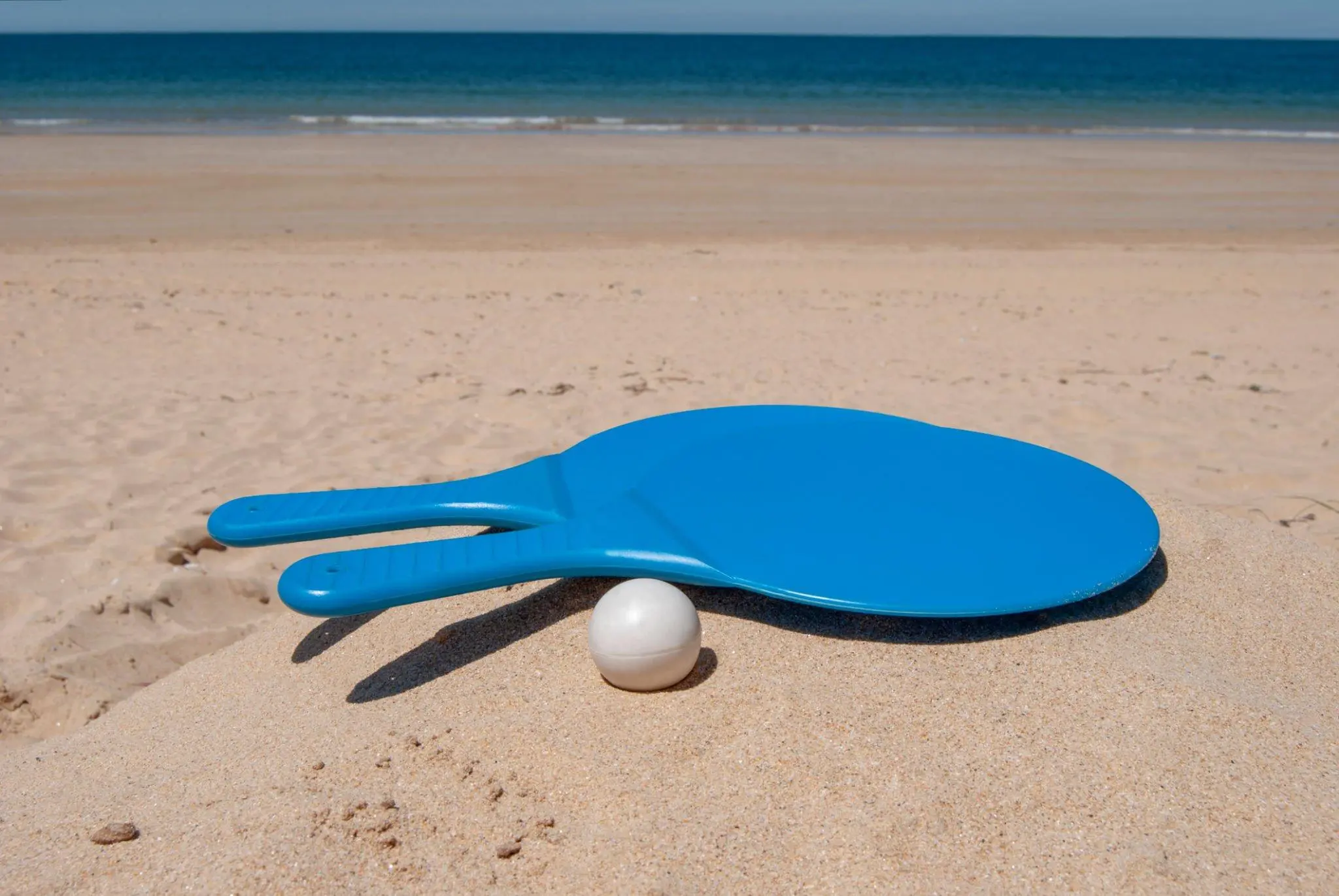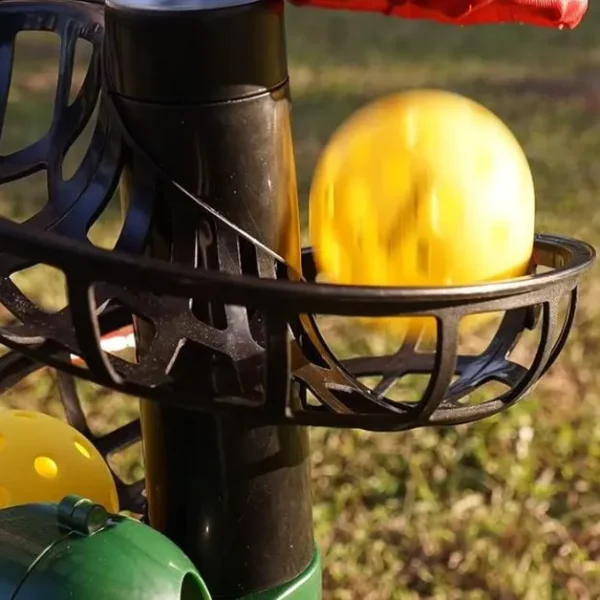Are you ready to step up your game of pickleball? Having a good grip on the paddle is an important part of being able to hit with control, power, and accuracy.
Whether you’re a beginner or a pro, knowing where and how to hold the paddle can make a big difference in how you play.
In this complete guide, we’ll talk about how important it is to have a good grip, go over the different types of grips, help you choose the right handle length, explain where the ball goes on the paddle, and even show you how to make different shots. Prepare to improve your pickleball skills and rule the court like you’ve never done before.
1. The Importance of Proper Grip
Having a proper grip on the pickleball paddle is crucial for control, power, and accuracy in your shots. It allows you to maneuver the paddle effectively and generate the desired spin and speed on the ball. A correct grip also helps reduce the risk of injury and fatigue during gameplay.
A proper grip provides the following advantages:
- Control: A firm and comfortable grip helps you maintain control over the paddle, allowing you to direct the ball accurately towards your desired target.
- Power: A proper grip allows you to transfer maximum power from your body to the paddle, resulting in powerful shots.
- Accuracy: With a proper grip, you can achieve better precision and accuracy, hitting the ball exactly where you intend it to go.
- Spin Generation: Different grips enable you to generate various types of spins, such as topspin, backspin, and sidespin, adding versatility to your shots.
- Injury Prevention: Holding the paddle correctly helps prevent strain and injury to your hand, wrist, and arm muscles.
2. Types of Grips
There are various grip styles used in pickleball, and each player may have their preference. Let’s explore three popular types of grips:
a. Eastern Grip
The Eastern grip is a common grip used in pickleball. To achieve this grip, hold the paddle with your non-dominant hand, placing the base of your thumb against the center of the paddle handle. Wrap your fingers around the handle, ensuring a secure hold without gripping it too tightly.
The Eastern grip offers the following benefits:
- Control: The grip allows for precise control over the paddle, facilitating accurate shots.
- Comfort: Many players find this grip comfortable, making it easier to maintain during extended gameplay.
- Versatility: With the Eastern grip, you can easily switch between forehand and backhand shots.
b. Continental Grip
The Continental grip is another widely used grip in pickleball. Start by holding the paddle with your non-dominant hand, placing the base of your thumb against the right side of the handle (for a right-handed player). Wrap your fingers around the handle, creating a V-shape between your thumb and index finger.
The Continental grip offers the following benefits:
- Power: This grip allows you to generate more power on your shots, making it suitable for aggressive play.
- Precise Backhand Shots: The grip’s positioning facilitates better control and accuracy during backhand shots.
- Easy Transition: Players who are transitioning from other racquet sports may find this grip more familiar and comfortable.
c. Western Grip
The Western grip is less common in pickleball but may be favored by players who are transitioning from other racquet sports. Hold the paddle with your non-dominant hand, placing the base of your thumb against the left side of the handle (for a right-handed player). Wrap your fingers around the handle, creating a V-shape between your thumb and index finger.
The Western grip offers the following benefits:
- Enhanced Topspin: This grip allows for greater topspin generation, making it useful for players who prefer a spin-oriented game.
- Extra Power: The grip’s positioning enables players to generate additional power on their shots.
- Suitable for Certain Shots: Players may opt for the Western grip when attempting specific shots, such as high lobs or powerful smashes.
3. Finding the Ideal Handle Length
Pickleball paddles come in different sizes, including varying handle lengths. It’s important to choose a paddle with a handle length that suits your hand size and playing style. A longer handle provides more stability and reach, while a shorter handle offers greater maneuverability.
To determine the ideal handle length, hold the paddle with your non-dominant hand and extend your fingers along the length of the handle. The ideal handle length allows your fingers to comfortably wrap around the handle without feeling cramped or too spread out.
Consider the following factors when selecting the handle length:
- Hand Size: If you have larger hands, a longer handle may provide a more comfortable grip. Conversely, players with smaller hands may prefer a shorter handle for better control.
- Playing Style: Players who rely on power and reach may benefit from a longer handle, while those who prioritize quick maneuverability may prefer a shorter handle.
- Personal Preference: Ultimately, the ideal handle length is a matter of personal preference and comfort. Experiment with different handle lengths to find what feels most natural for you.
4. Ball Placement on the Paddle
Once you have a proper grip on the paddle, it’s essential to understand where to hit the ball on the paddle’s surface. The ball placement affects your shot’s power, spin, and accuracy.
a. Sweet Spot
The sweet spot is the central area on the paddle’s face that gives optimal power and control. It is located slightly above the center of the paddle and is typically marked by a manufacturer. Hitting the ball near the sweet spot allows you to generate maximum power and precision.
Hitting the ball in the sweet spot offers the following advantages:
- Power: Striking the ball in the sweet spot transfers maximum energy from the paddle to the ball, resulting in powerful shots.
- Control: Hitting the ball in this area provides better control and accuracy over your shots.
- Comfort: Shots struck in the sweet spot feel more natural and require less effort.
b. Off-Center Hits
Hitting the ball off-center, away from the sweet spot, can result in less control and power. It may cause the ball to veer off the intended path or lack the desired spin. While advanced players can intentionally use off-center hits for specific shots, beginners should focus on hitting the ball near the sweet spot for consistent performance.
Consider the following when dealing with off-center hits:
- Control Adjustment: When hitting the ball off-center, make minor adjustments to your stroke to compensate for the potential loss of control.
- Spin Variation: Off-center hits can produce unintended spin variations, so be prepared to adapt your shot selection accordingly.
- Practice: Regular practice and developing muscle memory will help minimize off-center hits and improve overall shot consistency.
5. Changing Pickleball Paddle Grips for Different Shots
In pickleball, you’ll encounter various shots that require specific grips for optimal execution. Let’s look at some common shots and the recommended grip adjustments:
a. Forehand Shot
For forehand shots, maintain a firm grip on the paddle handle with your fingers wrapped around it. This grip allows you to generate power and control during forehand shots.
Additional tips for forehand shots:
- Body Positioning: Position your body sideways with your non-dominant shoulder facing the net, enabling a full range of motion for your shot.
- Follow-Through: After striking the ball, follow through with your swing, maintaining a smooth and controlled motion.
b. Backhand Shot
During backhand shots, slightly adjust your grip by rotating the paddle in your hand. This adjustment enables you to achieve the desired angle and control while executing backhand shots.
Additional tips for backhand shots:
- Footwork: Position your feet parallel to the net and shoulder-width apart, allowing for better stability during the shot.
- Weight Transfer: Shift your weight from your back foot to your front foot as you swing, adding power and stability to your shot.
- Wrist Position: Keep your wrist firm and aligned with your forearm to ensure proper control and accuracy.
c. Overhead Smash
When performing an overhead smash, adjust your grip by moving your dominant hand higher on the paddle handle. This grip adjustment provides better leverage and power to execute powerful overhead shots.
Additional tips for overhead smashes:
- Timing: Anticipate the ball’s trajectory and position yourself accordingly to execute a well-timed overhead smash.
- Body Positioning: Position your body under the ball, aligning yourself with the desired contact point to achieve optimal power and accuracy.
- Arm Swing: Utilize a fluid and explosive arm swing, generating maximum power and speed to execute a powerful overhead smash.
Conclusion
Holding a pickleball paddle correctly is essential for achieving optimal performance, control, and accuracy in the game. Experiment with different grips, find a comfortable handle length, and practice hitting the ball near the sweet spot to improve your overall gameplay. Remember to adjust your grip accordingly for different shots, and most importantly, enjoy the game of pickleball!
You can also read : Why Should Pickleball Players Consider Using Lead Tape on Their Paddles?
FAQ
1. Why is a proper grip important in pickleball?
A proper grip is important in pickleball because it allows for control, power, accuracy, spin generation, and injury prevention during gameplay.
2. What are the different types of grips used in pickleball?
The different types of grips used in pickleball are the Eastern grip, Continental grip, and Western grip.
3. How do I choose the ideal handle length for my pickleball paddle?
To choose the ideal handle length, consider factors such as hand size, playing style, and personal preference. Experiment with different handle lengths to find what feels most comfortable for you.
4. Where should I hit the ball on the paddle’s surface?
The sweet spot, located slightly above the center of the paddle, is the optimal area to hit the ball. Hitting the ball near the sweet spot provides maximum power, control, and comfort.
Related article that you can read :
Do Pickleball Paddles Really Matter? Step by Step Guide 2023
